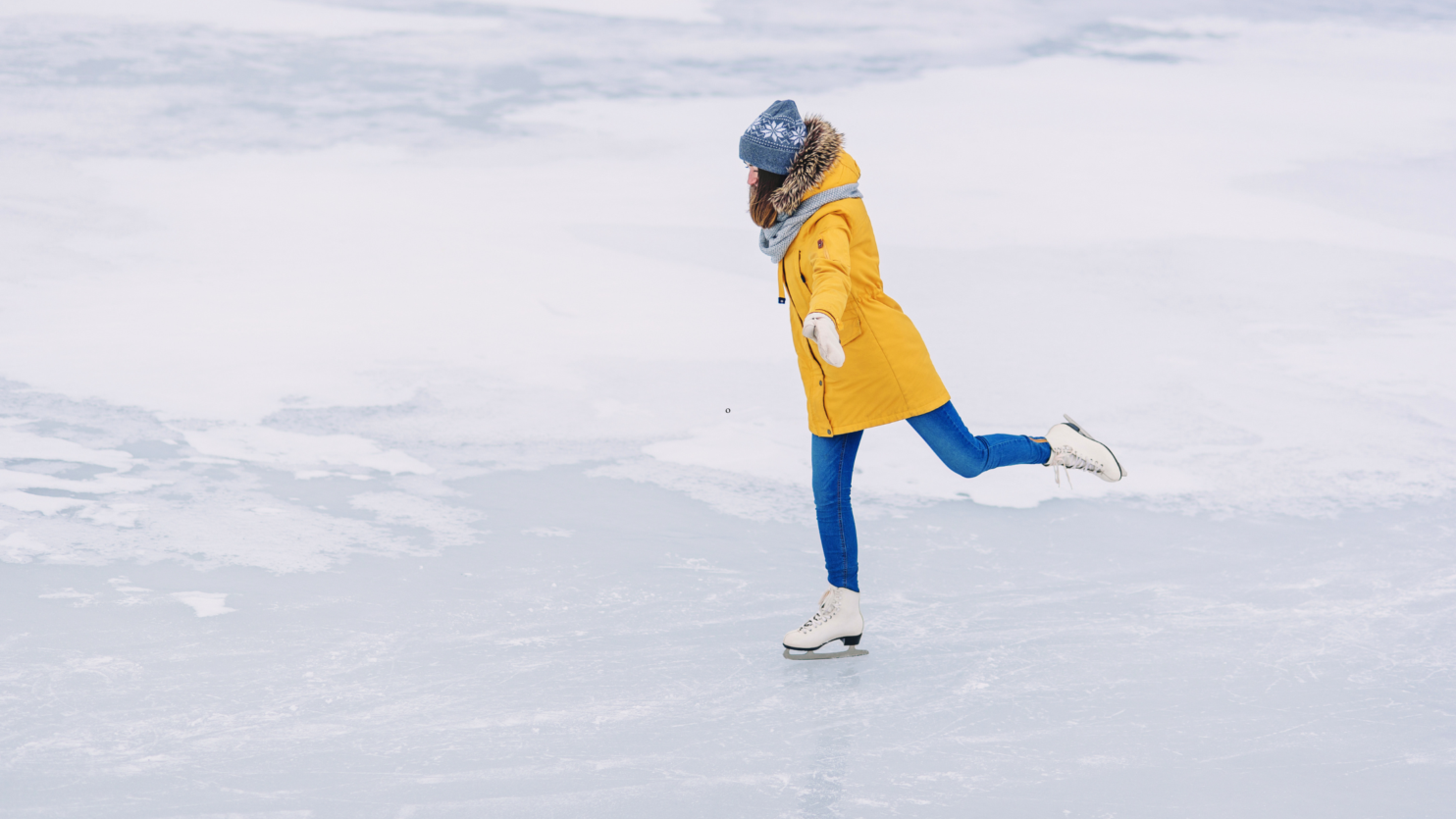Winter sports offer a fun way to stay active, but they also increase the risk of certain injuries. Whether you enjoy skiing, snowboarding, ice skating, or simply being more active outdoors in cooler weather, understanding these risks can help you stay safe and pain free all season long.
Common Winter Sports Injuries
1. Knee Injuries
Knee injuries are among the most frequent in winter sports, especially skiing. Sudden twists, falls, or missteps can lead to ACL strains, MCL sprains, or meniscus tears.
2. Shoulder Injuries
Falls during snowboarding, hockey, or skating often impact the shoulders. Common injuries include rotator cuff strains, dislocations, and clavicle fractures.
3. Wrist and Hand Injuries
Using hands to break a fall can cause wrist sprains, fractures, or thumb ligament injuries. Snowboarders are particularly vulnerable due to frequent forward or backward falls.
4. Ankle Sprains and Fractures
Icy surfaces increase the risk of rolling an ankle. Skaters and snowboarders may also experience ankle instability or fractures from awkward landings.
5. Back Strains
Cold weather can tighten muscles, making them more susceptible to strains. Skiing, snow shoveling, and winter sports that involve bending and twisting can place stress on the lower back.
Prevention Tips for a Safe Winter Season
Warm Up Before Activity
Cold muscles are less flexible and more prone to injury. Light stretching and a short cardio warm-up help prepare your body for movement.
Wear Proper Gear
Choose sport appropriate helmets, wrist guards, braces, and padding. Make sure boots and bindings fit correctly to provide proper support.
Build Strength and Flexibility
Stronger muscles support your joints and help prevent sprains and strains. Focus on core, hip, knee, and ankle stability. Flexibility exercises also improve range of motion.
Take Lessons or Refresh Your Skills
Improving technique reduces the risk of falls and joint injuries. Even experienced athletes benefit from periodic form checks.
Stay Aware of Conditions
Ice, uneven terrain, or poor visibility dramatically increase injury risk. Check weather and surface conditions before heading out.
Rest When Fatigued
Fatigue increases the likelihood of falls and poor form. Take breaks, stay hydrated, and stop if your body feels overly tired.
When to See a Doctor
Seek medical attention if you experience severe pain, swelling, inability to put weight on a limb, weakness, or symptoms that do not improve after a few days of rest and home care. Early evaluation can prevent long term issues and help you return to activity safely.
Oops! We could not locate your form.

